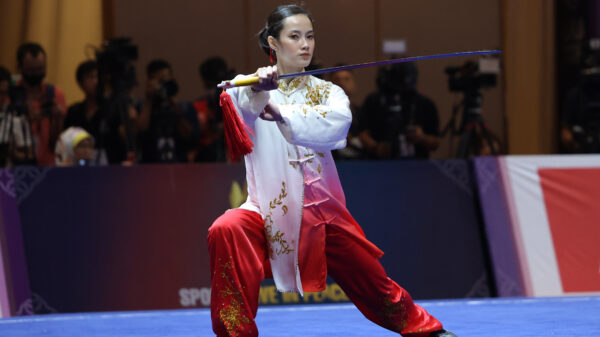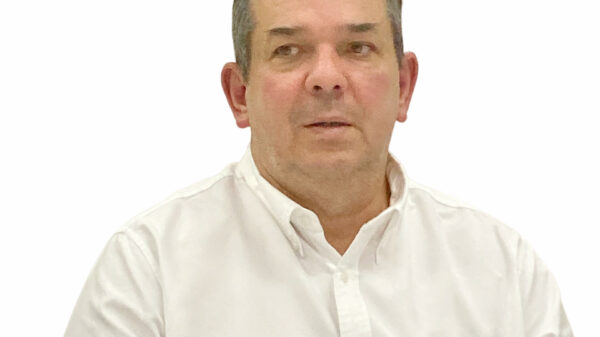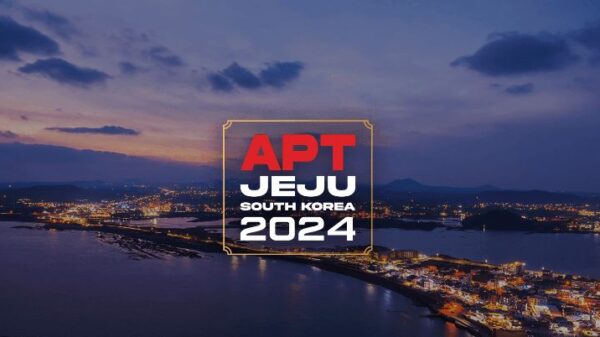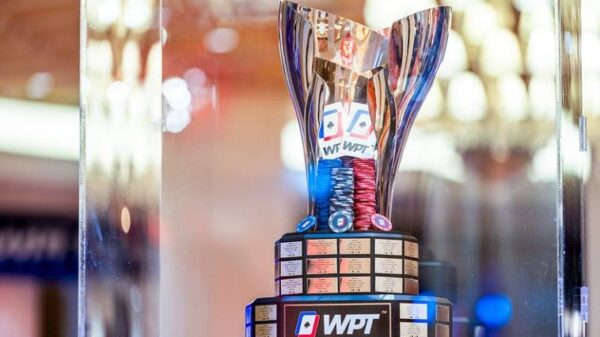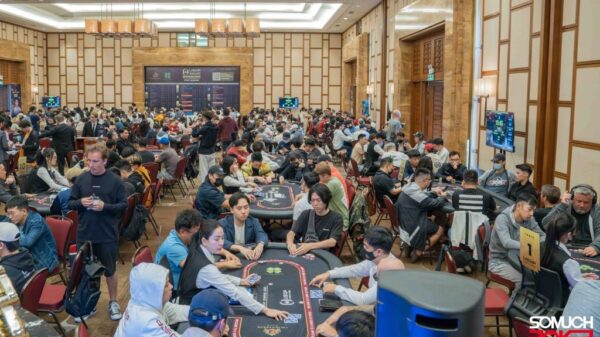The global movement toward a cleaner, greener future has brought battery-electric vehicles to the forefront of the automotive industry.
While developed countries lead the charge, developing nations like the Philippines face unique challenges in embracing this transition.
Let’s explore the reality of electric vehicles in the Philippines, analyze the feasibility of a nationwide shift to fully electric transportation within the next two decades, and discuss the critical factors that could contribute to this ambitious goal.
The Philippine automotive market has always been dominated by internal combustion engine vehicles. But the global interest in EVs has finally and truly landed on local shores.
Whereas just a decade ago it all seemed like a lofty dream, the past few years have found the local automotive industry in an undeniable state of change.
The call for EVs and greener modes of transportation has become the new global agenda for automotive manufacturers, borne out of sheer political will from its proponents.
However, the high cost of imported BEVs, coupled with the Philippines’ socioeconomic disparities, makes them largely inaccessible to the majority of Filipinos.
Filipinos find that value-for-money ranks high in importance when it comes to buying a car. They need to be able to tick as many boxes when it comes to their list of important vehicle traits such as price, space, speed, economy, features and social recognition. In effect, a stable middle ground has been established as to what constitutes a “good buy” when it comes to currently available market choices.
For instance, popular BEV models like the Nissan Leaf and the Hyundai Ioniq are priced significantly higher than their ICE counterparts, primarily due to import taxes, shipping costs, and limited economies of scale.
The recently announced Jetour Ice Cream comes at a much lower, more inviting, and more accessible price, but gives one less car than a Toyota Wigo.

Jetour recently introduced its Ice Cream EV, a small city car with a price tag of P699,000.
The BYD Dolphin, which seems to be enjoying some popularity, still sells at a premium for the number of vehicles that one gets.

More BYD Dolphins are seen plying the city streets, a possible early adopter favorite despite its P1.6M+ price.
Furthermore, a significant portion of the population relies on public transportation, such as jeepneys, tricycles and buses, which predominantly utilize ICE engines.
This dependence on traditional modes of transportation presents a unique challenge for the Philippines, requiring a comprehensive strategy that addresses not only private vehicle adoption but also the electrification of public transport.
Recognizing the importance of transitioning to electric vehicles, the Philippine government has introduced policies and programs designed to encourage EV adoption. The Electric Vehicle Industry Development Act or RA 11697, aims to provide incentives to manufacturers and consumers alike, including tax breaks, subsidies and support for local manufacturing.
This law has paved the way for the Comprehensive Roadmap for the Electric Vehicle Industry, which is a national development plan for the electric vehicle industry with an annual work plan to accelerate the development, commercialization, and utilization of EVs in the country.
The CREVI consists of four components: EVs and charging stations component; Manufacturing component; Research and development component; and Human resource development component.
Meanwhile, the Electric Vehicle Incentive Strategy, a part of the CREVI, aims to accelerate the development, commercialization and utilization of e-vehicles.
EVIDA, together with the EVIS, aims to put EVs as 10 percent of all transport vehicles on Philippine roads by 2040.
These efforts, designed to help the progress of vehicle electrification and adoption, are aimed at overcoming multiple challenges, with the government taking a more proactive approach and implementing long-term policies that provide a clear roadmap for the future of EVs in the Philippines.
This includes fostering collaboration between public and private sectors, investing in infrastructure development, and promoting the growth of a competitive local EV industry.
To achieve accelerated EV adoption in the Philippines, a multifaceted approach is required.
First and foremost, government policies and incentives play a crucial role in creating a favorable environment for EV growth. By implementing comprehensive policies, such as tax exemptions, import duty reductions, and subsidies for EV buyers, the government can help lower costs and make electric vehicles more affordable.
In January of this year, Executive Order 12 was put into effect, modifying the tariff rates for certain EVs and their components to zero percent. This law briefly amends the Customs Modernization Act by exempting EVs from import duties and suspending taxes on charging and distribution components, as well as other equipment essential to EV production.
The Most Favored Nation tariff rates will be cut to zero percent on built imported EVs covering vehicle segments such as passenger vehicles, buses, minibuses, trucks, bicycles, motorcycles, scooters, and even tricycles for five years. This law unfortunately excludes hybrid-type EVs from the tax exemption.
EV infrastructure development should also be high on the priority list, as it is another vital component of the transition.
Expanding the charging infrastructure across the archipelago will be critical in overcoming range anxiety and promoting the widespread acceptance of EVs.
Public-private partnerships will be essential in funding and developing the necessary infrastructure, including fast-charging stations in strategic locations and integrated charging facilities in public and private parking spaces.
Leading this space is the Ayala Corporation which has announced its plans for helping ease the coming of EVs, by bringing together its business strengths in manufacturing, real estate, energy management, and vehicle distribution to create a cohesive ecosystem. Earlier this year, Ayala-backed Kia Philippines launched its EV6 electric vehicle.

Kia EV6 charging station.
Localization of manufacturing can help reduce costs and increase the affordability of EVs. By attracting foreign EV manufacturers and supporting local companies, the Philippines can foster a competitive industry that creates jobs and contributes to economic development. Government incentives to nurture local talent, develop research and development capabilities, and promote technological innovation will be key in this regard.
Electrifying public transportation is one of the most important things that the government can do, as this will serve as a catalyst for broader EV adoption.
Transitioning to electric buses, jeepneys, tricycles, and taxis can demonstrate the advantages of electric vehicles to the public, encouraging Filipinos to consider them for personal use.
Moreover, integrating EVs into public transportation networks can help reduce air pollution, particularly in congested urban areas, and contribute to improved public health.
Education and awareness campaigns are essential for driving cultural change.
By dispelling misconceptions, promoting the environmental and economic benefits of EVs, and highlighting long-term cost savings, the Philippines can increase consumer interest and adoption.
Collaborative efforts between government agencies, educational institutions, and private organizations can help develop targeted campaigns that address the specific needs and concerns of various sectors of society.
Considering the Philippines’ geopolitical landscape, China emerges as a likely partner to support the country’s electrification process.
With strong economic ties, advanced expertise in EV technology, and an interest in expanding its influence in the Asia-Pacific region, China could help the Philippines establish a competitive EV industry.
Furthermore, the Philippines maintains strong relationships with other countries like the United States, Japan, and South Korea, which have robust EV industries and could potentially offer support.
Collaborating with foreign partners can provide access to technology, expertise, and funding. By leveraging international support, the Philippines can accelerate the development of its local EV ecosystem.
Establishing strategic partnerships with countries that have advanced EV industries can help the Philippines gain insights into best practices, access cutting-edge technology, and attract foreign investments.
And, ensuring the reliability of the country’s power grid and increasing the share of renewable energy sources is crucial for supporting the growing EV market. This will help reduce the carbon footprint of electric vehicles and make the overall transition more sustainable.
Investing in renewable energy projects, such as solar and wind power, and modernizing the power grid to handle increased demand will be essential steps in this direction.
The road to widespread EV adoption in the Philippines is fraught with challenges, but the potential benefits of a cleaner, greener future are too significant to ignore.
With strong political will, long-term planning, and a commitment to prioritizing sustainable development and environmental protection, the Philippines can overcome these hurdles and make substantial progress toward embracing electric vehicles within the next decade.
However, the success of this ambitious endeavor will depend on the country’s ability to balance its geopolitical relationships, attract foreign investments, and build a comprehensive and sustainable EV ecosystem that benefits all its citizens.
With a government that is adept at making laws, but is lacking in the way of committed enforcement, only time will tell if 2040 puts the Philippines at the forefront of vehicle electrification, or if it all just goes up in smoke.






